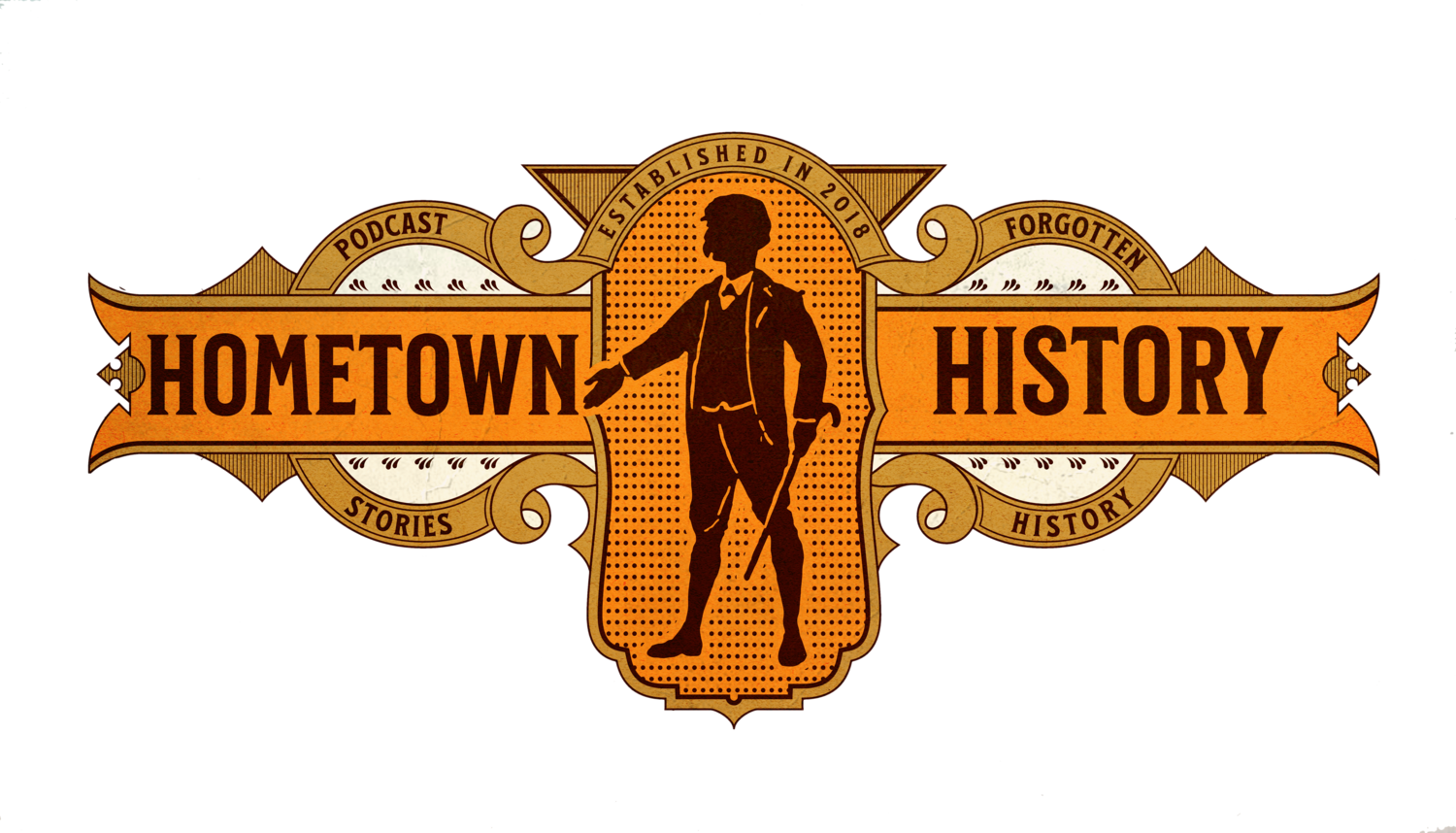81: Shadows and Light: The Cultural Oasis of Death Valley
The biting words of Sydney Smith from 1820 echo the dismissive sneer that many a European once held toward the fledgling United States—a country they saw as barren of culture as they imagined its landscapes to be of beauty. Yet, in the heart of what would become known as Death Valley National Park, the land tells a different story, one that we'll delve into in this episode of Hometown History, challenging the notion that America's deserts are voids rather than vibrant testaments to survival and beauty. As America has grown, so too has its cultural footprint, blossoming like a rare desert flower in what was once considered an inhospitable expanse. Death Valley, with its fierce climate and haunting terrain, stands as a metaphor for the country's underestimated potential and resilience.
The very name belies the richness of life and history that thrives within its borders—the tenacity of the 49ers, the audacity of borax miners, and the silent wisdom of the Native American tribes that revered this land. In today's journey through the hottest, driest, and lowest national park in the United States, we uncover the lush history in a place so often associated with desolation. Death Valley's dramatic landscapes have not only hosted a myriad of human tales but also have become an unexpected symbol of American artistry, challenging the perspectives of naysayers like Smith through its stark beauty and the stories of those who have passed through its valleys.
Connect with the heart of America's silent yet speaking terrains at itshometownhistory.com, where history is anything but silent.
